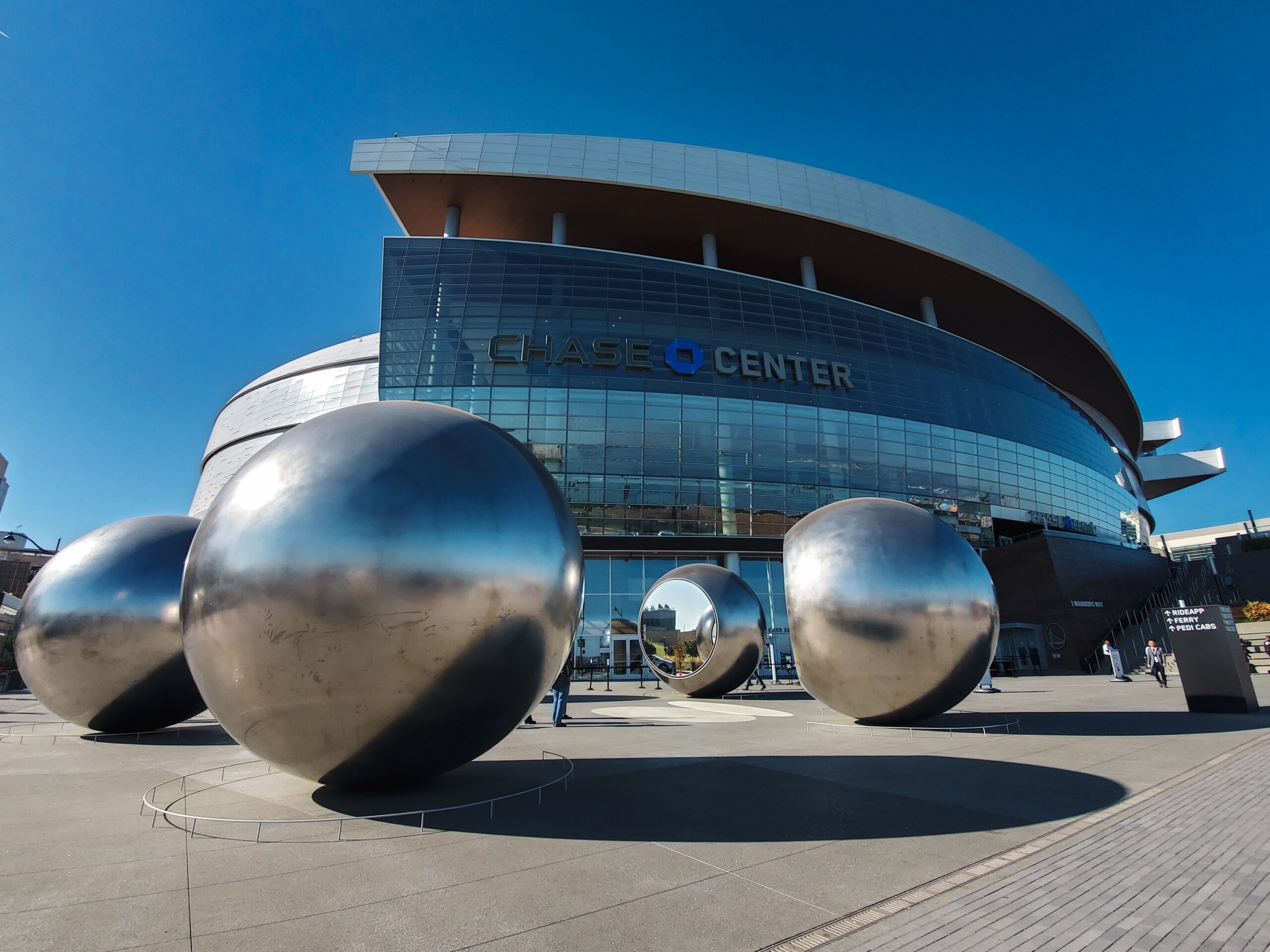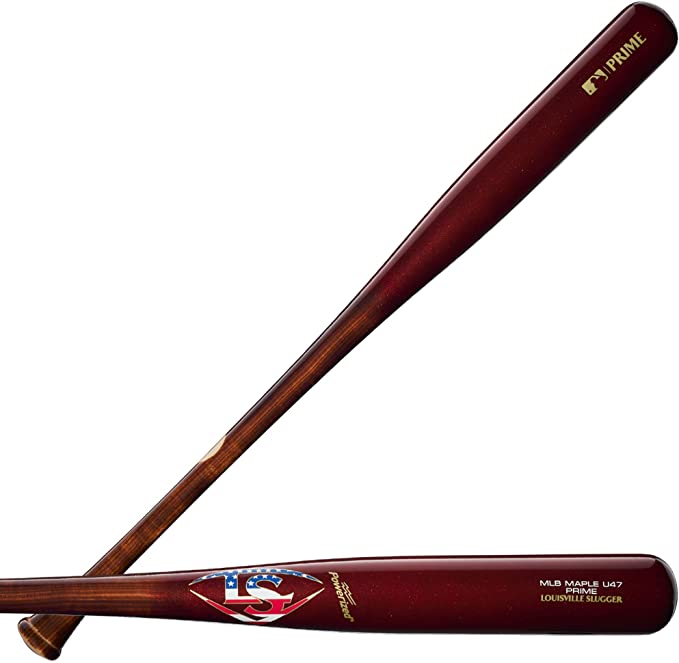You can see the satisfaction on the face of the pitcher once the umpire calls a strike during the first pitch. But for the batter, it’s a different story as that athlete missed the opportunity to reduce stress and energy consumption from the first pitch. At this moment, the pitcher gains an FPS. But what is FPS in baseball?
FPS means ‘first-pitch strike’ in baseball. This event happens when the pitcher pitches one ball towards the hitter and the batter gets a strike. The pitcher will then gain the advantage, reducing the hitter’s chances of moving to bases.
Upon knowing the meaning of FPS, this metric is undeniably one of the most important statistics in baseball, particularly to pitchers. Still, what’s a good FPS in baseball? Also, what’s the importance of this metric in the sport? Continue reading to know more about FPS and the answers to these questions.
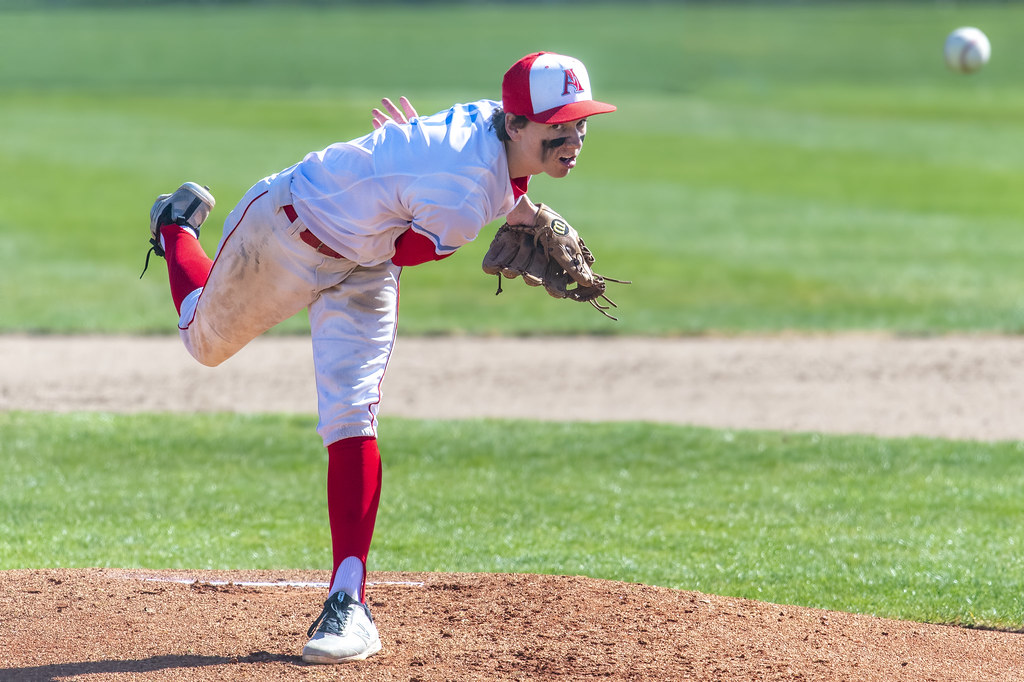
A first-pitch strike is when a pitcher strikes out a batter. It allows the opposing player to gain an advantage at the plate by limiting their chances of getting on base. The more strikes a pitcher strikes, the more outs they produce and the fewer pitches they throw per inning.
A study from gc.com found that throwing at a high percentage of strikes leads to better results. Those with a 70 FPS% typically threw around 14 pitches per inning. The importance of first-pitch striking (which will be explained more in detail in a later section) allowed lead-off walks to become runs at about a 46% rate.
What is a Good FPS in Baseball?

The statistical validation for first-pitch strikes is irrefutable. According to the statistical validation, 92.7% of first-pitch strikes result in an out or a strike one. Take note that Major league pitchers average around 57% first-pitch strikes. If they improve their first-pitch strike percentage to 80%, it would allow them to allow fewer runs throughout a season and help their team win more games.
What is the Value of FPS in Baseball?

You want to make sure that you get two of the first three pitches out of the way for strikes. If you don’t get two of the first three pitches out, your slash line falls significantly. The key is to throw your highest quality pitch to your highest quality location.
Take a look at the following tweet posted by Jerry Weistein, the coach of the Colorado Rockies, about FPS:
HITTER COUNTS(1-0,2-0,2-1,3-0,3-1)
— Jerry Weinstein (@JWonCATCHING) January 17, 2018
.350BA .307 ISO .474wOBA
PITCHER COUNTS(0-1,0-2,1-2,2-2)
.196BA .112 ISO .224 wOBA
ISO POWER=SLG%-BA
As you can see, these numbers don’t lie, and records show that these figures make points. If you want to become a successful pitcher, throw FPSs.
Who are the Most Powerful Pitchers in Baseball History?
There’s an immediate satisfaction when your favorite pitcher performs an FPS. The crowd roars and fans applaud the player for performing the feat. As for the hitter, it’s another story as the words ‘better luck next time’ keep repeating in the mind.
Some of those pitchers are on the following list. Additionally, these legendary professional baseball players don’t have to worry about being eclipsed by other league athletes any time soon because of their FPS feats.
1. Steve Dalkowski
Stephen Louis Dalkowski Jr. was a left-handed pitcher who was nicknamed the ‘fastest’ in baseball. He was known for his fast pitches, which were typically over 100 mph. Despite never reaching the majors, he was still known as ‘White Lightning’ due to his impeccable fastball. He was also nicknamed by fans after finishing his minor league career. He was also known for his unpredictable and violent behavior on the field.
After he retired, he spent many years as an alcoholic and would soon forget most of his professional baseball career. Although he had difficulty remembering his professional sports career, the fans always knew him as one of the fastest, if not the fastest pitcher in baseball.
2. Joel Zumaya
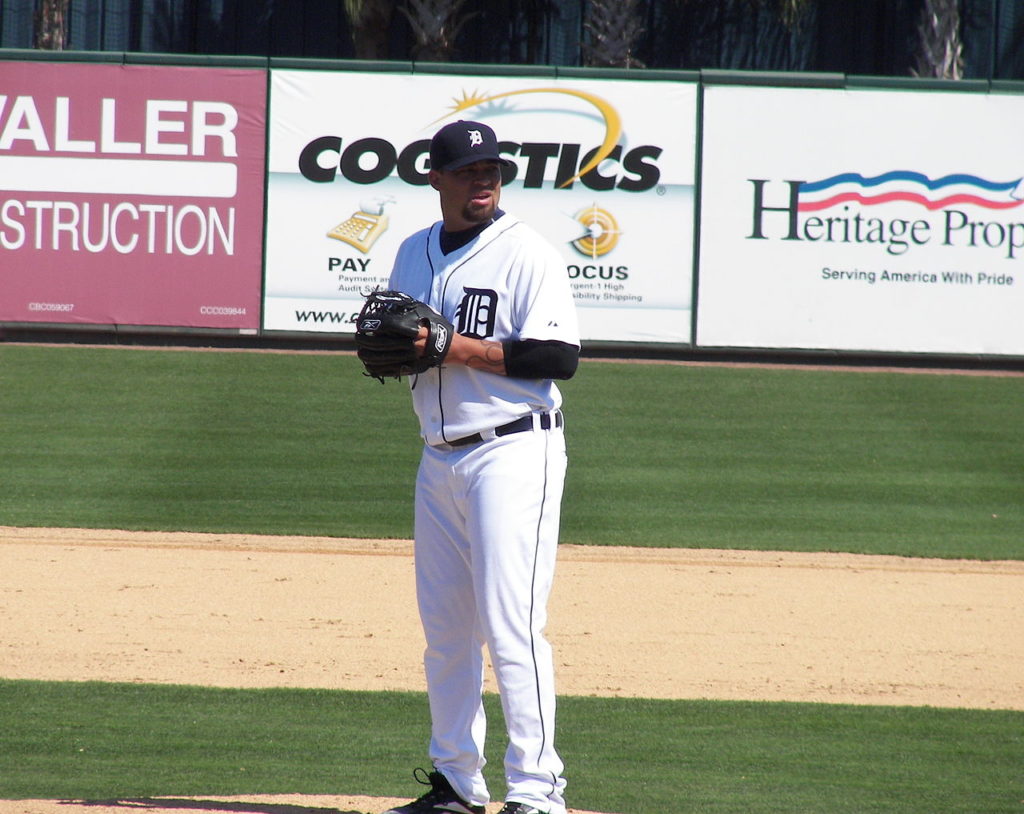
Joel Zumaya was drafted by the Detroit Tigers in the 11th round of the 2002 MLB draft. He was selected due to his powerful arm, which could make him an adequate off-speed pitch. Because he was selected straight out of high school, he pitched against older players more than he did himself. He made his first professional start in the West Michigan Whitecaps in 2003.
Zumaya was a versatile member of the Detroit Tigers’ bullpen, mainly used as a middle relief specialist and a setup man. He was a fan favorite due to his aggressive style on the mound and his fast pitches, which reached speeds of over 104.8 miles per hour.
While holding batters to a .186 batting average in 2006, he excelled in situations where the game was on the line. In 2006, he recorded a .176 fielding percentage with runners in scoring position. In 2006, he was able to avoid getting hurt by playing the video game Guitar Hero, which is an odd accomplishment, to say the least. Nonetheless, playing the game helped him recover from his injuries.
In May 2007, he suffered another injury, and this time it’s a tendon rupture in his right hand. It required surgery and a 12-week rehabilitation. He was activated from the disabled list on August 2, 2007. After missing the entire 2011 season, Zumaya underwent an exploratory procedure on his right elbow on May 10. It was his last surgery before he was able to enter free agency.
3. Walter Johnson
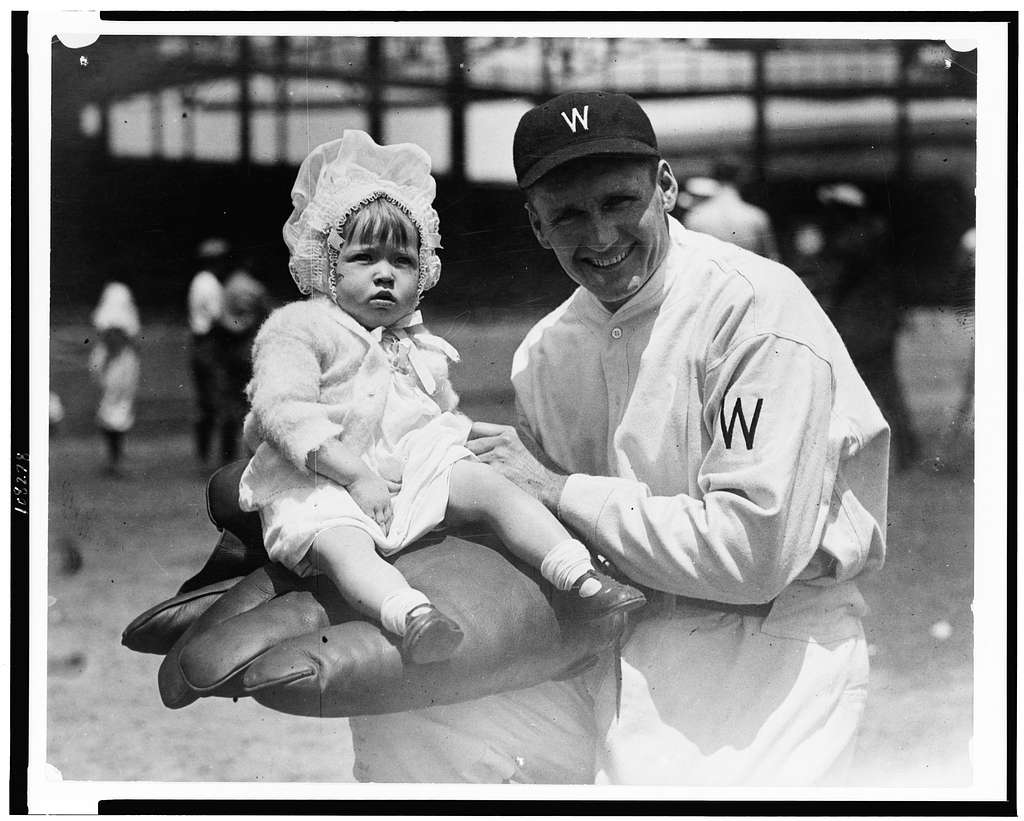
Walter Perry Johnson was a professional baseball player and a manager. He spent his entire 21-year career in Major League Baseball. He was regarded as one of the best pitchers in baseball history. He holds the record for most shutouts with 110. He finished his career with a record of 417 wins.
From 1927 until 1983, Johnson held the career record for the most strikeouts with 3,508. Therefore, he became the first player to reach the 3,000 mark in 1923. Johnson led the professional baseball scene in strikeouts with a Major League record of 12. He also set a record for most strikeouts in a season with eight straight years. Additionally, Johnson is one of the first five players (named the ‘Five Immortals’) inducted in 1936 as one of the most notable players selected for the Hall of Fame during the 1936 season.
Final Words
FPS or first-pitch strike is an important metric in baseball. It records the number of first pitches thrown by pitchers that resulted in strikes. For pitchers, it allows them to gain significant boosts in morale. On the other hand, hitters that gain the strikes receive additional pressure as they shouldn’t miss the next throws. If you’re aiming to become one of the best pitchers in baseball, consider focusing on this statistic.



